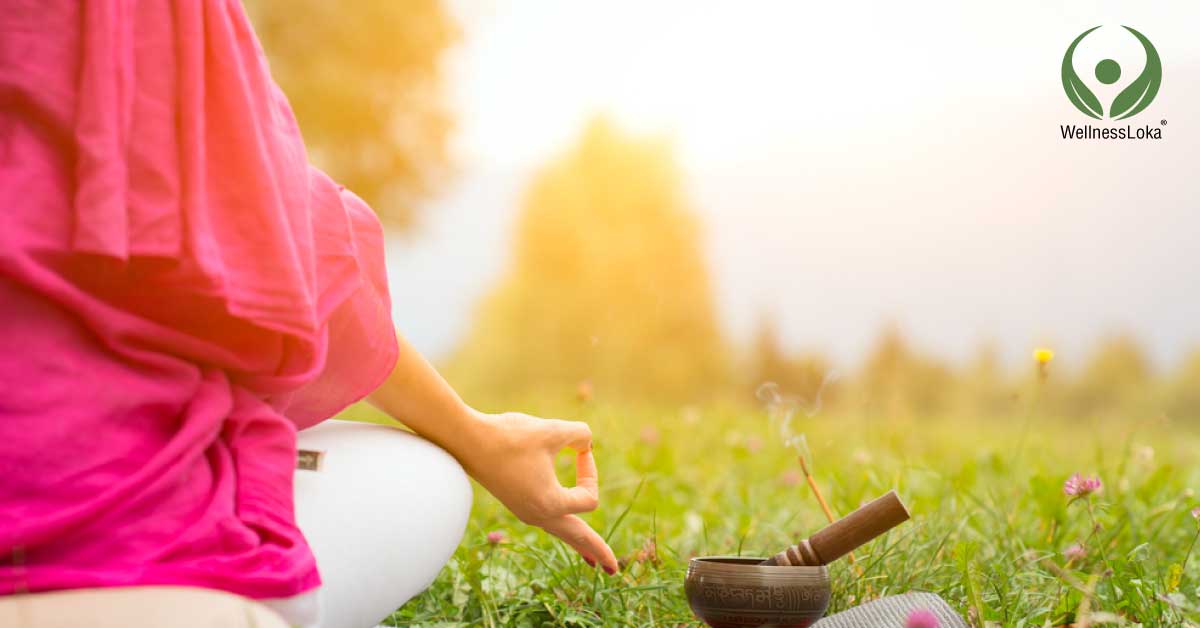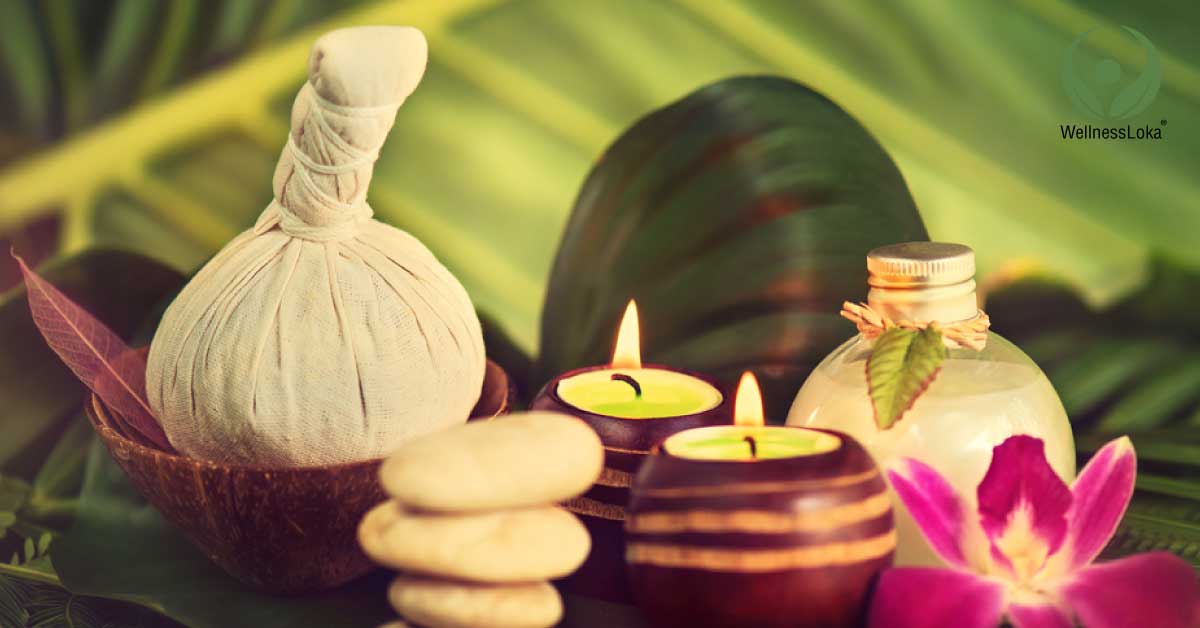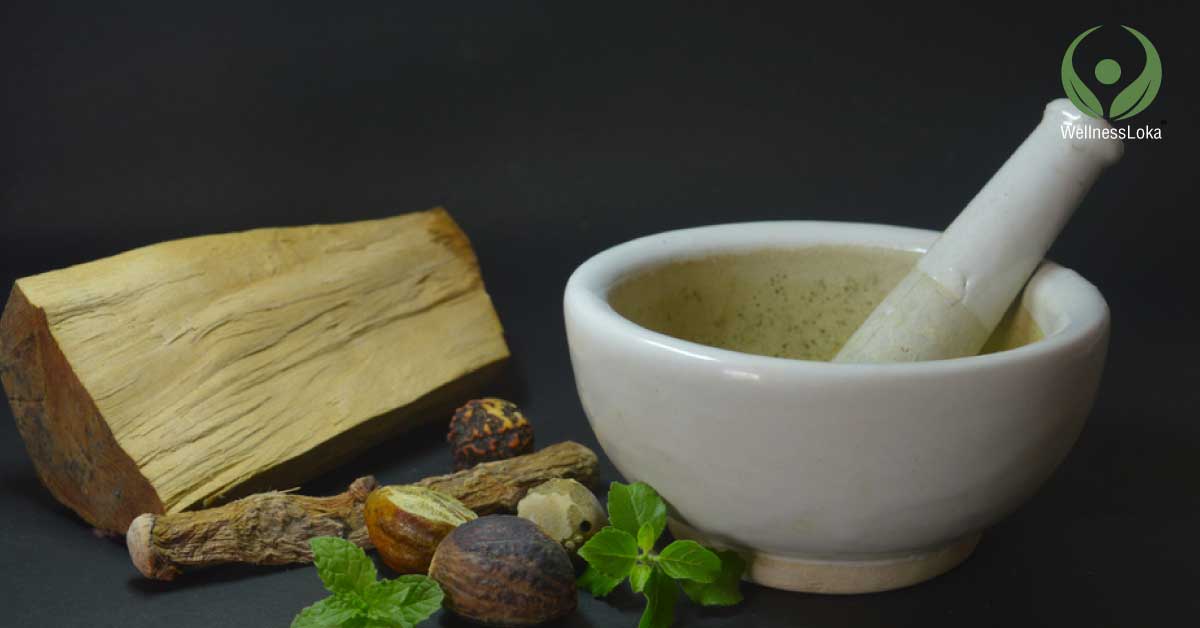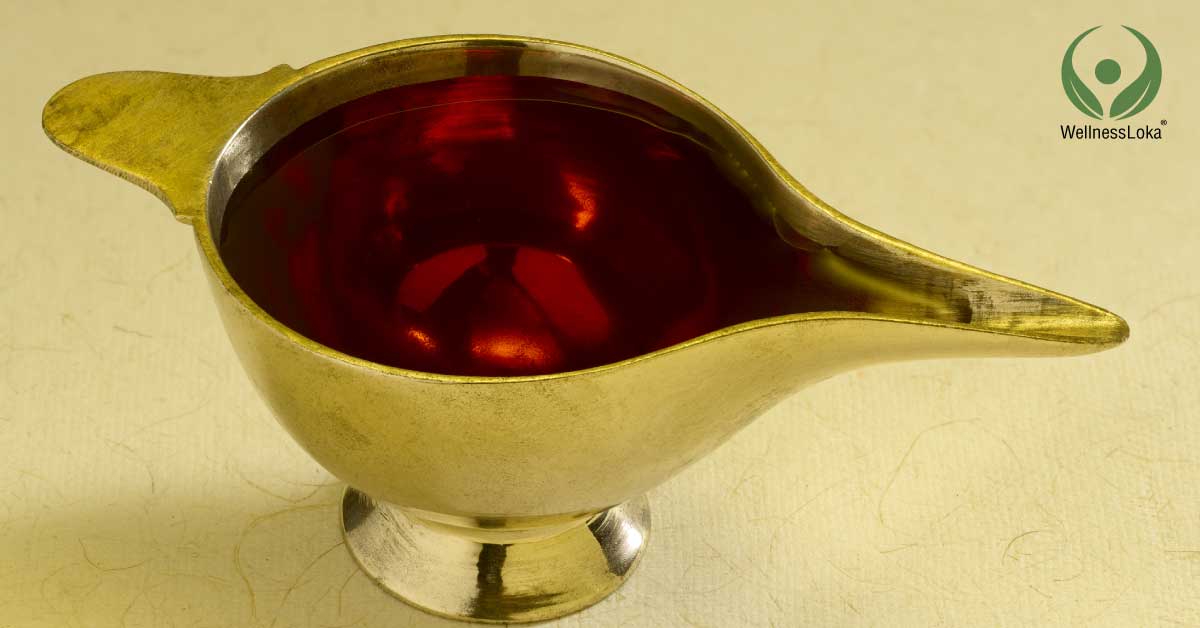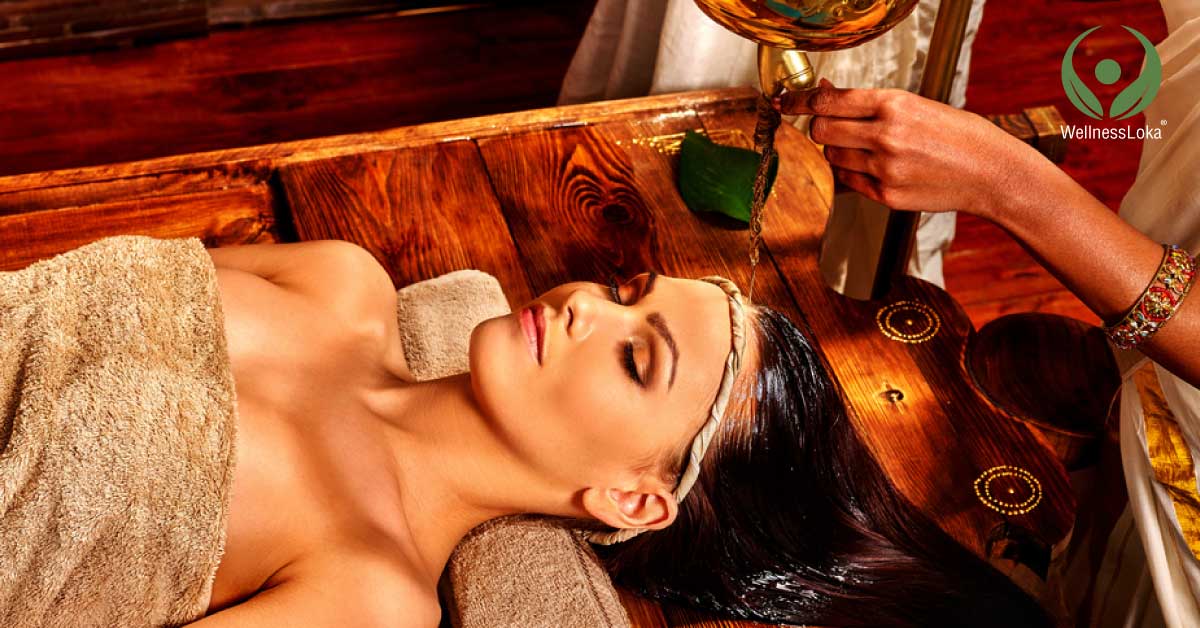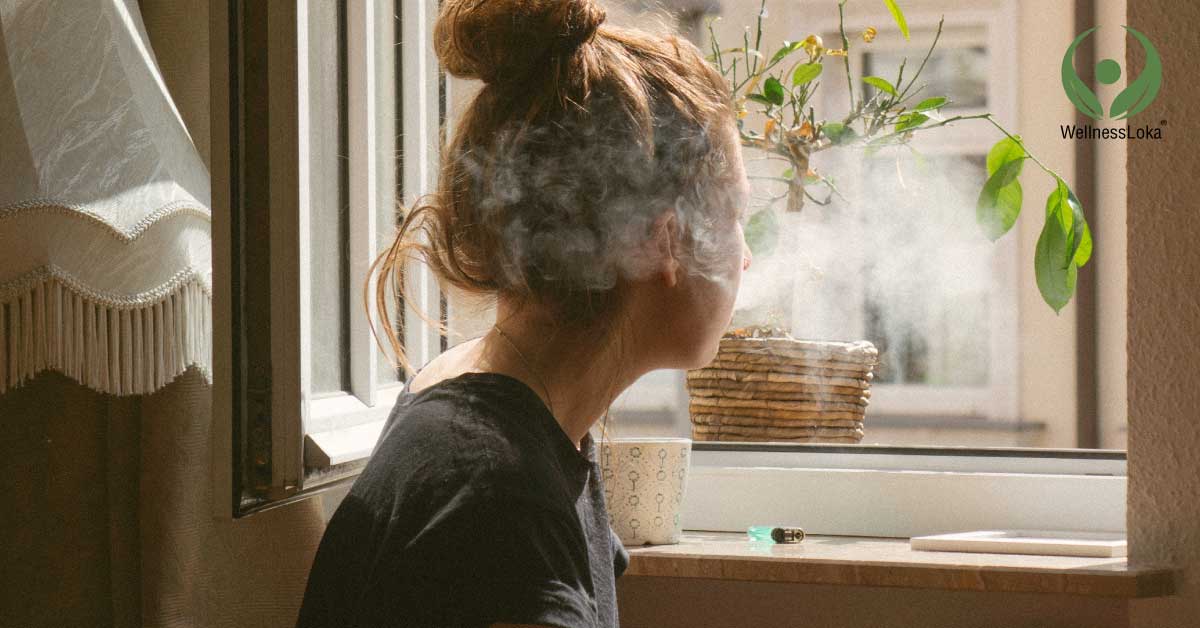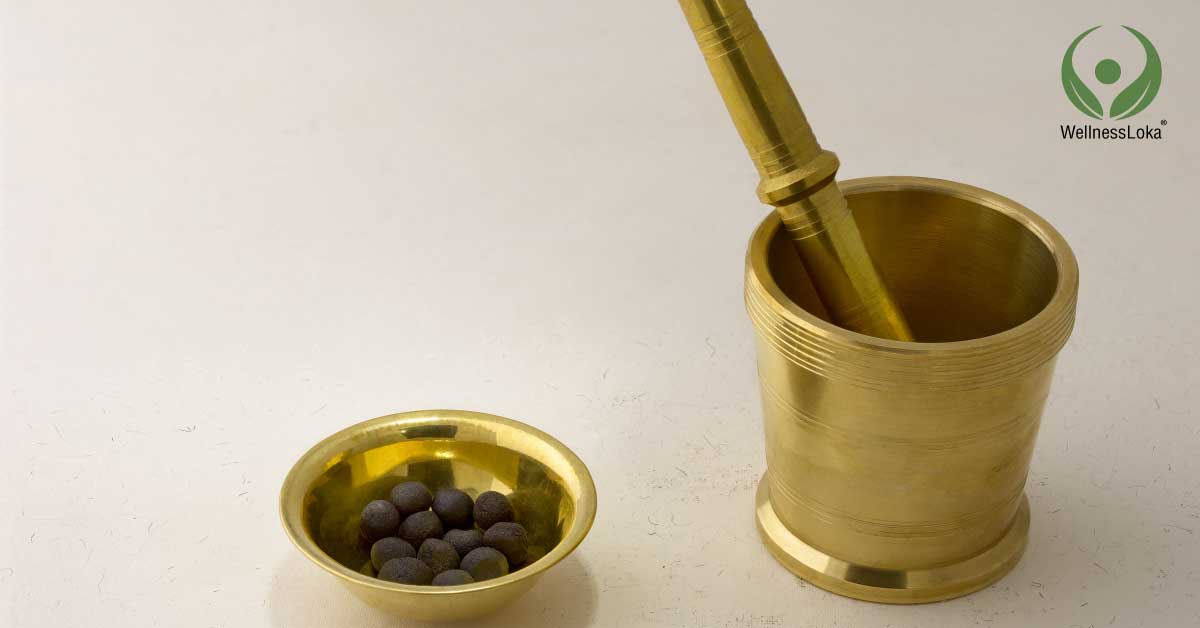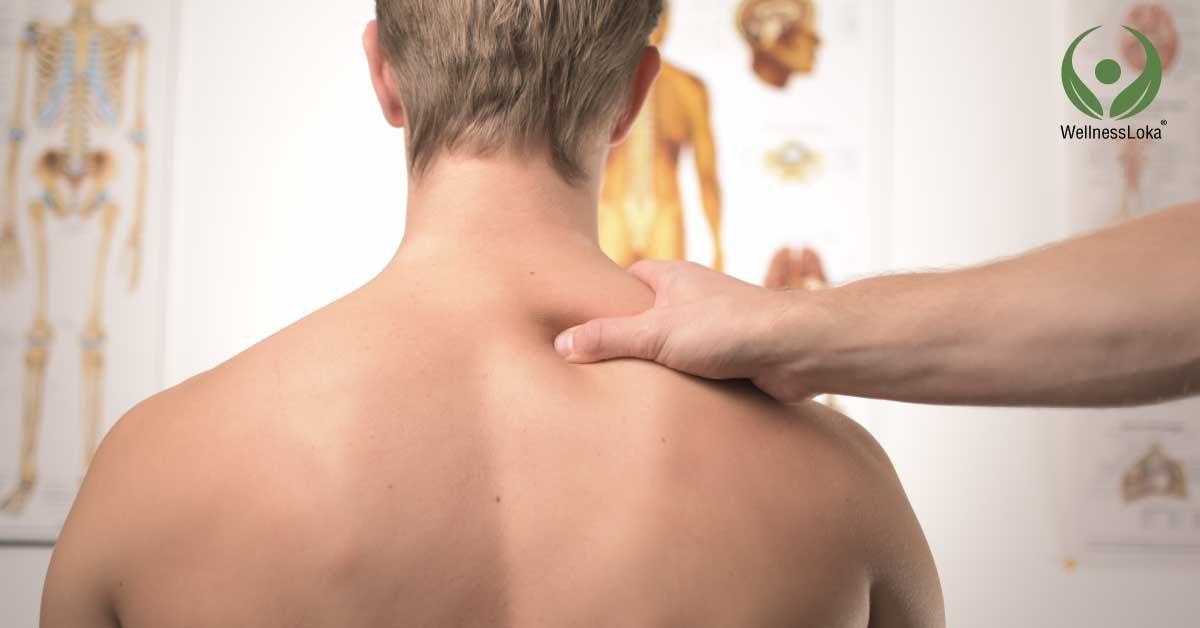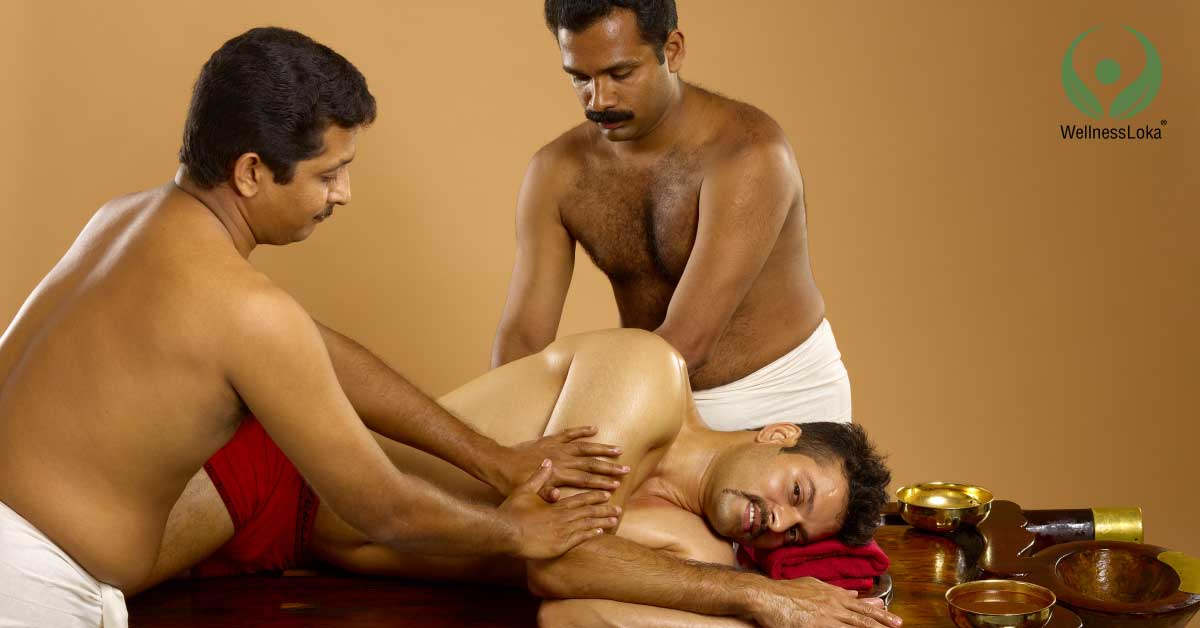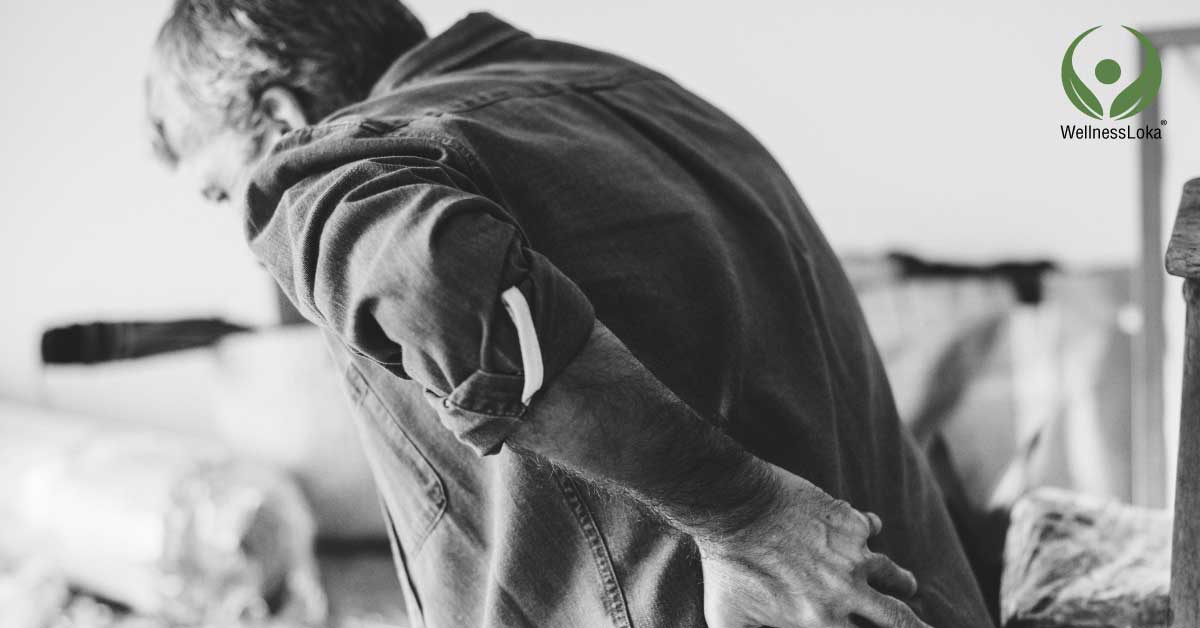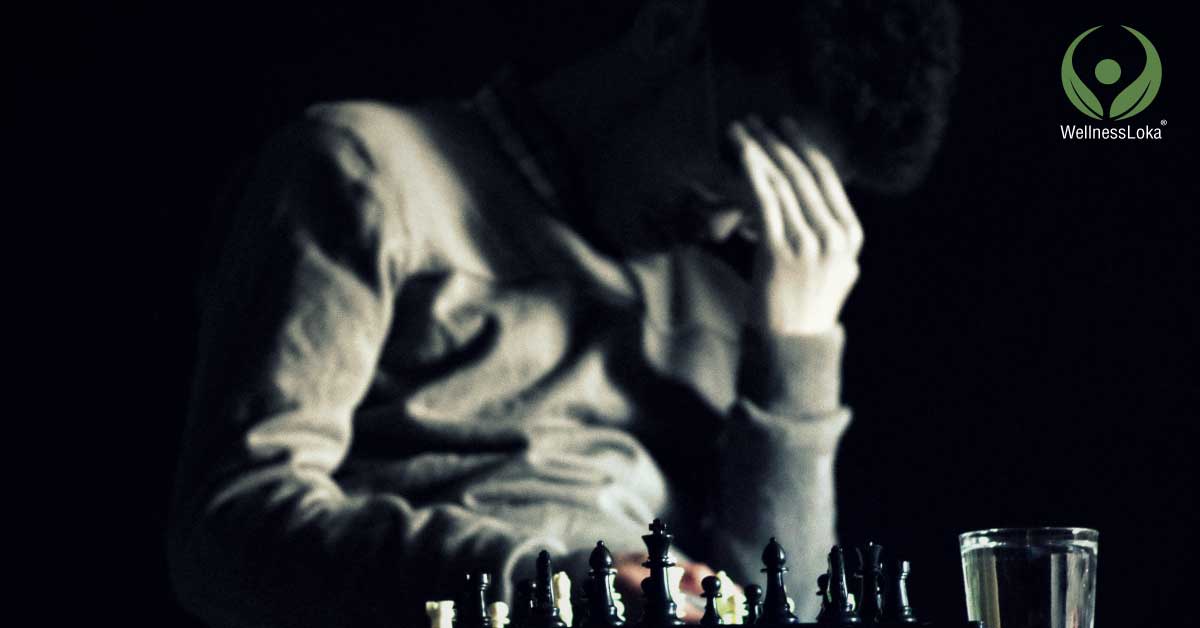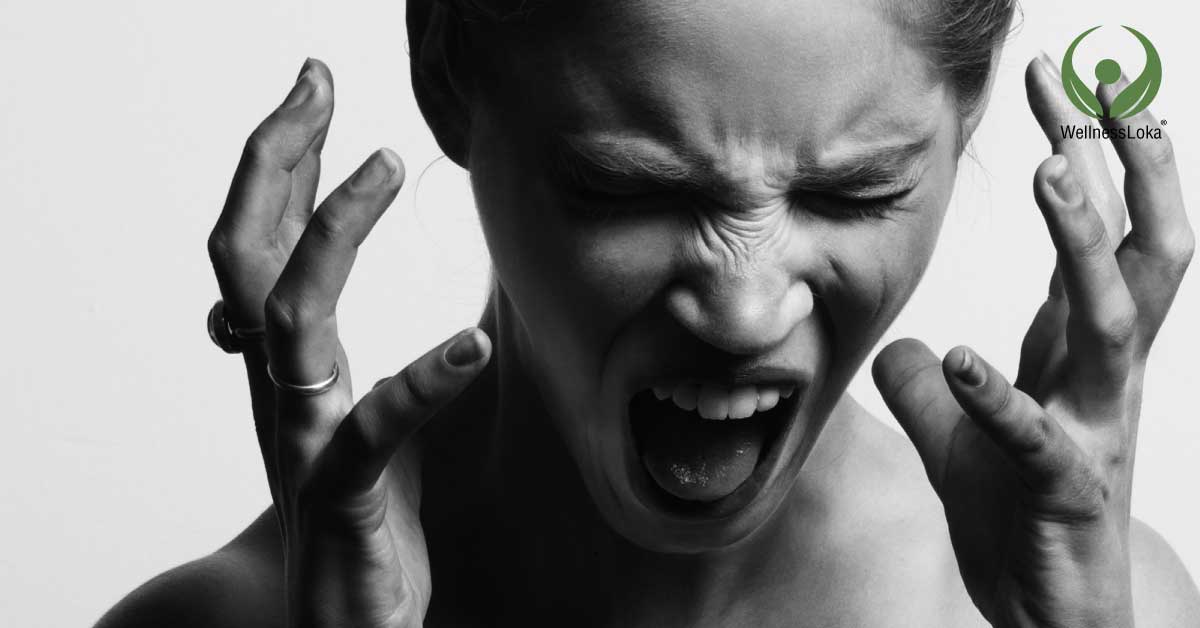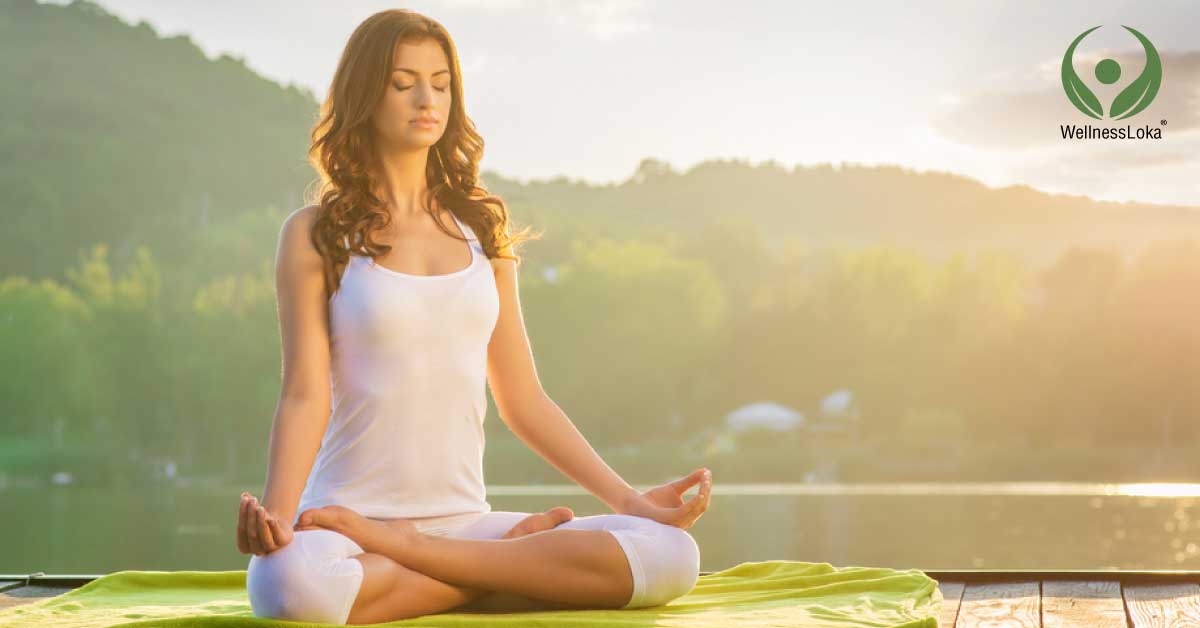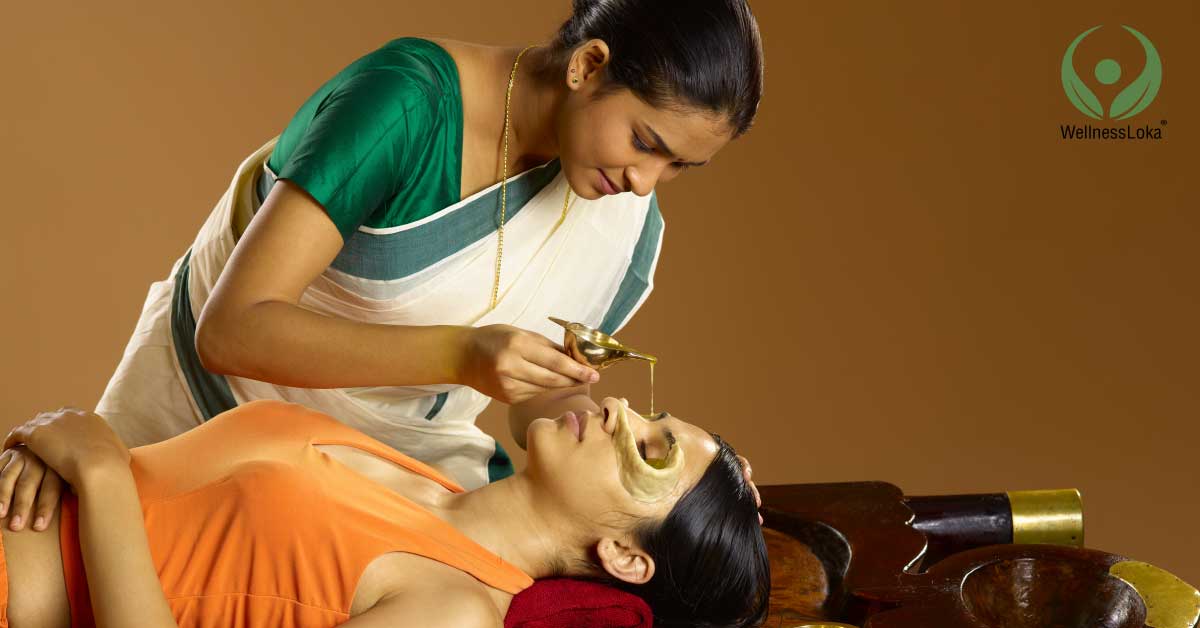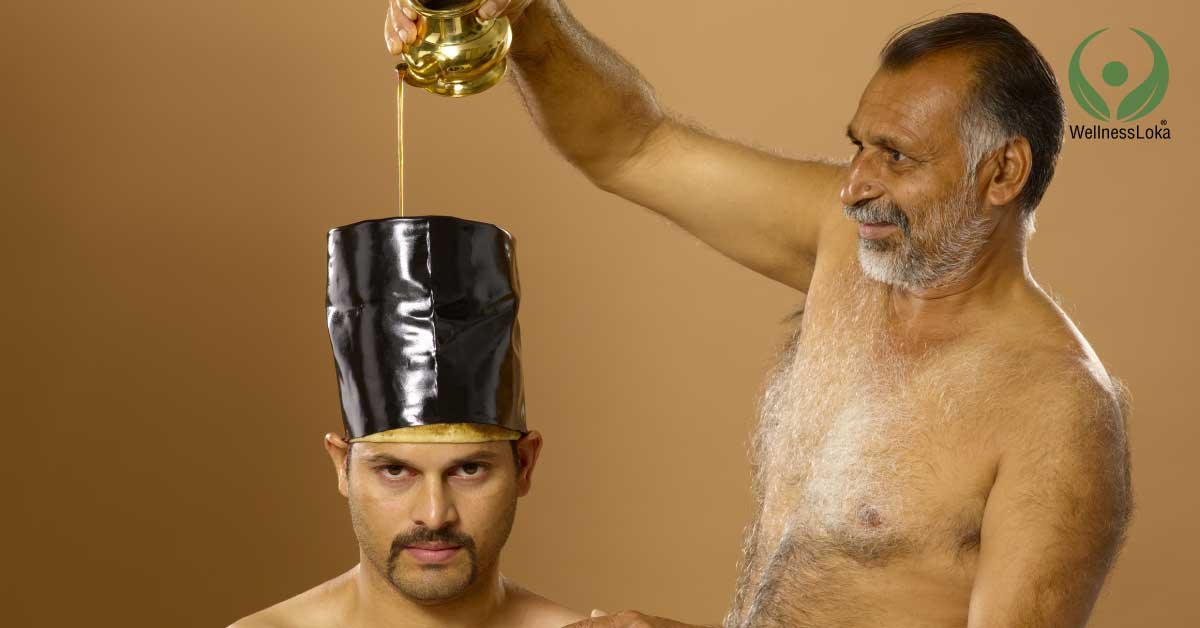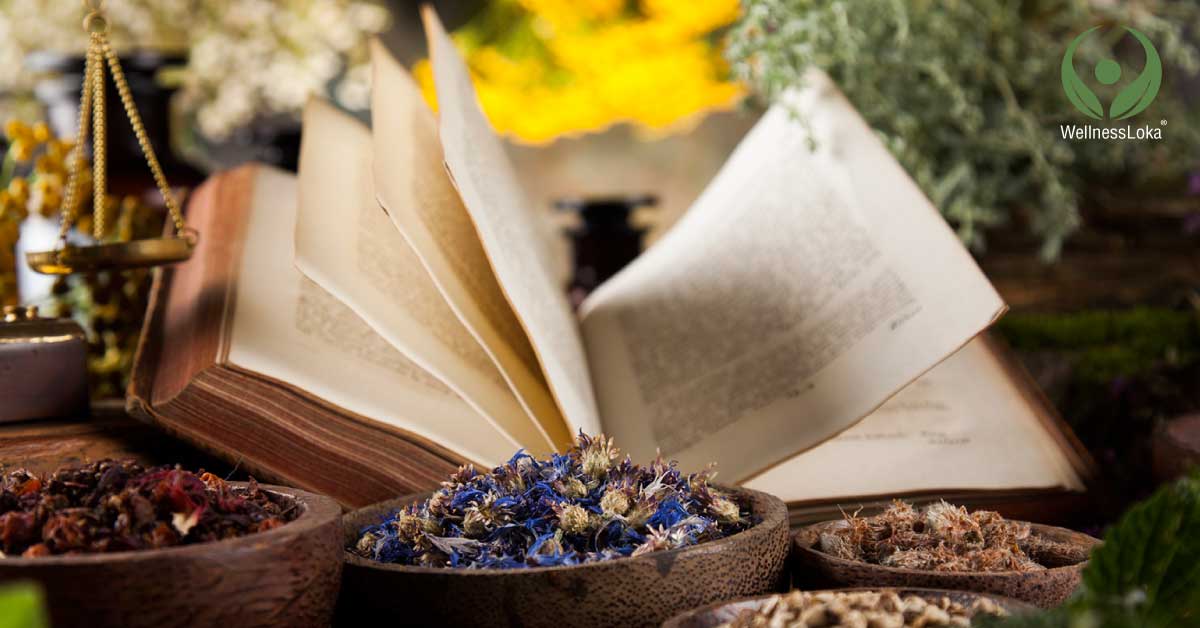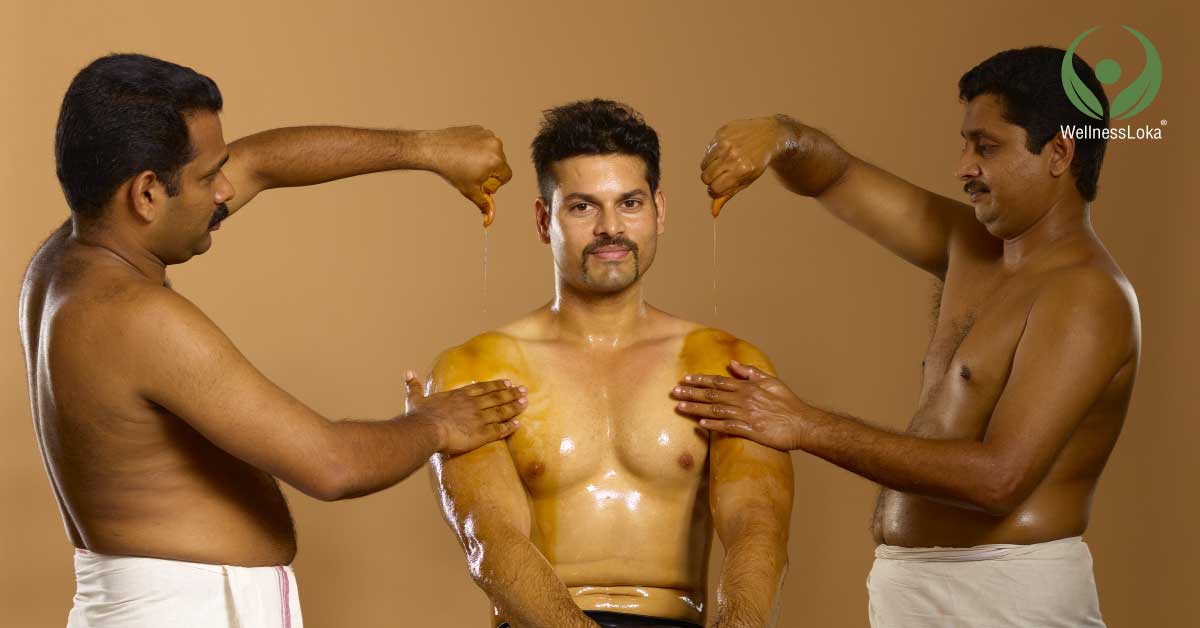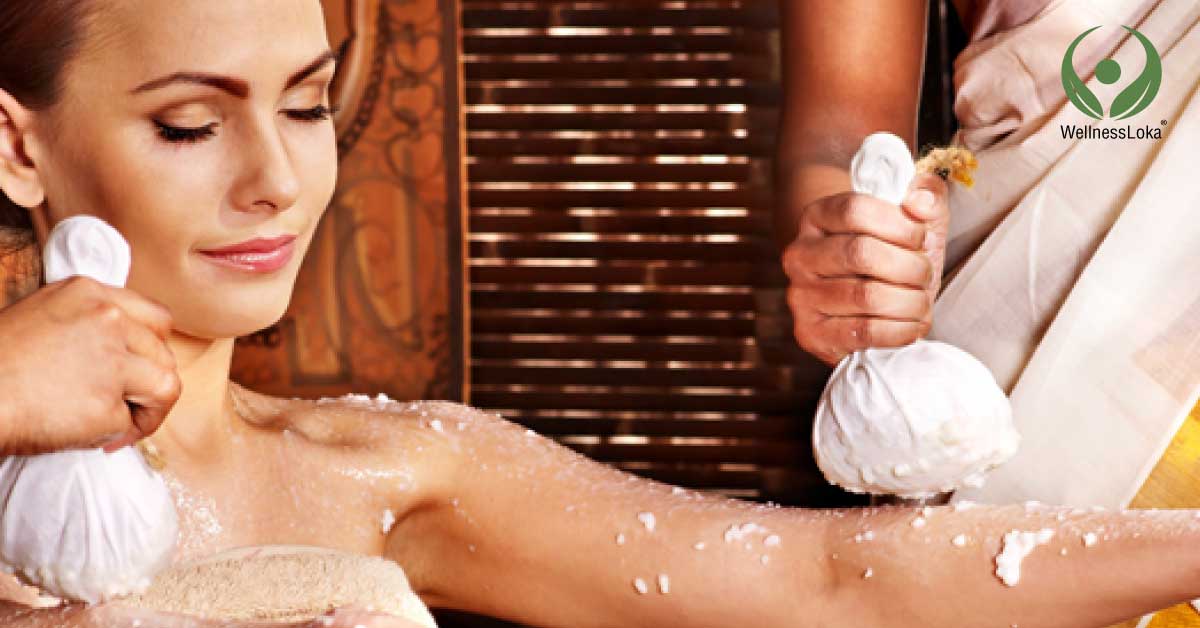
Before going in detail with the topic, we should understand that there are mainly 2 types of Diabetes:-
- Diabetes Mellitus
- Diabetes Insipidus
Everyone is familiar with Diabetes Mellitus. Yes, the condition in which body is affected by a group of metabolic disorders, resulting in elevated blood sugar levels.
Then, what is Diabetes Insipidus? It is entirely different from Diabetes Mellitus. Diabetes Insipidus is a very rare condition in which large amounts of urine is produced and the individual will experience increased thirst.
Then, why the name “Diabetes”? The word Diabetes is derived from Greek, which denotes Polyuria. Both of them are characterized by excessive urination (Polyuria) and hence the name Diabetes.
Let us discuss about Diabetes Mellitus.
DIABETES MELLITUS
Diabetes Mellitus (DM), is a group of metabolic disorders which is characterized by increased levels of blood glucose levels (Hyperglycaemia), caused by absolute or relative deficiency of Insulin. Prolonged existence of this condition may affect other organs and results in various complications. Eyes, Kidneys and Nervous system are the most affected, i.e, Diabetic Retinopathy, Diabetic Nephropathy and Diabetic Neuropathy respectively.
Insulin is produced by Pancreas that helps in the metabolism of carbohydrates, fats and proteins. According to the increase in blood glucose levels, the amount of insulin produced also increases. The two types of Diabetes Mellitus are discussed below:-
- TYPE I DIABETES MELLITUS:- In this type of DM, the insulin producing cells in pancreas are destroyed by the body’s own immune system, resulting in the decreased production of insulin or no production at all.
Even though the condition can develop in any age, it is commonly diagnosed in children. Hence it was earlier called as “Juvenile Diabetes”. But now the name is not so common. Another term used is Insulin Dependent Diabetes Mellitus (IDDM).
Main symptoms are:-
- Increased thirst
- Fatigue
- Increased urination (Polyuria)
- Weight loss without cause
- Nocturia
- Infections
Main causative factors include:-
- Genetic predisposition
- Certain Viral Infections
- Certain Foods habits like feeding Cow’s milk in early infancy etc.
- TYPE II DIABETES MELLITUS:- This type is caused either by the insulin resistance or by reduction in the production of insulin by pancreas or a combination of these two factors. Usually insulin resistance appears first later followed by the damage of pancreatic cells.
The main causes are:-
- Genetic factors
- Diet
- Obesity
- Age
- Pregnancy
It also shows same symptoms as Type I Diabetes Mellitus, since both the types result in Hyperglycaemia.
- GESTATIONAL DIABETES:- In this type, a woman without DM, develops diabetes during her pregnancy. Some of the risk factors of Gestational Diabetes are:-
- PCOS
- History of gestational diabetes in previous pregnancy
- Family history of Type II DM
- Overweight
Usually, this type does not show any symptoms. There are screening tests like Glucose Tolerance Test.
COMPLICATIONS OF DIABETES
Main complications are:-
- Diabetic Retinopathy
- Diabetic Nephropathy
- Diabetic Neuropathy
Diabetic Retinopathy:- In this the retinal layer is affected by the increased levels of blood glucose for a long period of time. The symptoms include:-
- Difficult vision during night
- Presence of a dark spot in the centre of the vision
Diabetic Nephropathy:- The uncontrolled levels in blood glucose levels affects the kidneys, which may lead to kidney failure, if not managed at correct time. Unfortunately, there are no symptoms in early stages. Later, since the kidney’s function starts to deteriorate, the individual will notice oedema in body, legs and feet.
Diabetic Neuropathy:-
- Peripheral Neuropathy:- Usually affects feet and legs.
Symptoms are:-
- Numbness
- Burning sensation
- Tingling and Pain
- Autonomic Neuropathy:- This usually affects the body systems, especially the digestive system. The symptoms are:-
- Gastric irritation
- Constipation
- Nausea etc
- Loss of libido
- Urinary incontinence etc.
Also leads to the loss of vision, pain in the sides of buttocks etc.
MANAGEMENT AND TREATMENT
The blood glucose levels should be kept normal. Regular exercise can help reduce the chances of developing the complications and also helps in regulating the blood glucose levels. Diet should be managed.
Ayurveda advises Panchakarma under strict supervision of the physician. There are internal medicines that help to control the diabetes. External treatments like Dhanyamla Dhara, Udwartanam, Abhyanga, Takra Dhara, Taila Dhara, Tarpana, Putapaka etc. help to manage the complications.
- Dhanyamla Dhara:- Pouring of a specially medicated liquid, at specific temperature, all over the body, continuously.
- Udwartanam:- Rubbing of medicated powders on the body
- Abhyanga:- Massaging of the body with warm oils
- Takra Dhara:- Pouring of the medicated butter milk over the body and in certain conditions on the head, or only on head.
- Taila Dhara:- Pouring of warm medicated oils on all over the body, or on head.
- Tarpana and Putapaka:- These are special treatments for the retinopathy
The treatment modalities change according to the condition of the patient and the physician. The physician decides the treatments, according to the condition of the patient. Regular monitoring of the diet and blood glucose levels is to be done by the physician.


